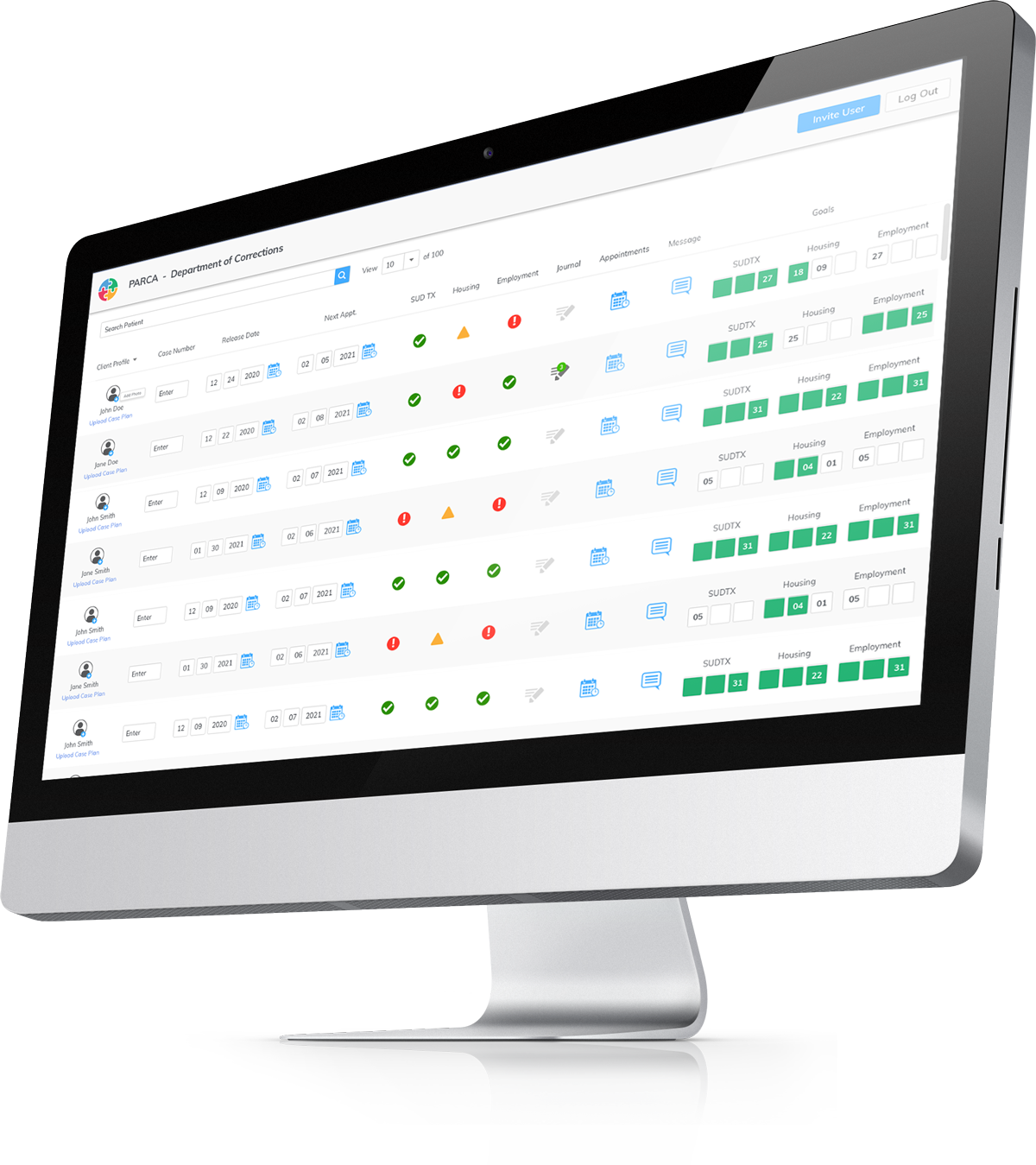The Role of Technology and Incentives in Managing Hypertension

Hypertension, or high blood pressure, is a leading risk factor for heart disease, stroke, and other serious health complications. Stunning as it may sound, nearly half of Americans ages 20 years and up – or more than 122 million people – have high blood pressure. The cost of hypertension in the United States is estimated to be around $131 billion per year.
Despite the availability of effective treatments, including medication, lifestyle modifications, and dietary changes, many individuals struggle to adhere to their treatment plans.
One promising innovation in improving hypertension management is the use of technology that incorporates incentives to encourage patients to adhere to their treatment regimens. This approach helps address the psychological and logistical challenges of managing hypertension while also motivating patients who may struggle with the daily demands of their condition. Technology-driven incentives can be a powerful tool for improving health outcomes and enhancing the quality of life for individuals with hypertension.
The Challenges of Managing Hypertension
Hypertension is a chronic condition that often requires lifelong management. However, many patients face significant barriers to maintaining consistent adherence to their treatment plans:
- Lack of Symptoms: Hypertension is often called the “silent killer” because it typically does not present noticeable symptoms. Without immediate feedback on their condition, patients may not feel motivated to follow their treatment regimen strictly.
- Medication Adherence Issues: Many patients struggle with taking their prescribed medications regularly due to forgetfulness, side effects, or a lack of understanding of their importance.
- Lifestyle Changes: Managing hypertension often requires substantial lifestyle modifications, including dietary changes, increased physical activity, and stress management. These changes can be difficult to implement and sustain without ongoing motivation.
- Stigma and Misconceptions: Some individuals may downplay the seriousness of hypertension or avoid treatment due to misconceptions about medication dependency or concerns about cost.

Given these challenges, the question remains: How can we ensure individuals stay engaged in their treatment and motivated to maintain lifestyle changes? CMI’s Technology-based incentives platform provides an evidence-based, innovative solution.
The Power of Technology in Hypertension Management
The rise of digital health technologies has transformed chronic disease management, including hypertension. From mobile health apps and wearable devices to telemedicine and AI-driven coaching, technology plays a crucial role in supporting individuals with high blood pressure. These tools offer numerous benefits:
- Real-time Monitoring: Wearables and connected devices can track blood pressure, physical activity, and dietary habits, providing real-time data to both patients and healthcare providers.
- Telehealth and Remote Support: Virtual consultations and remote monitoring reduce barriers to healthcare access, ensuring patients receive timely interventions and medication adjustments.
- Personalized Treatment Plans: AI-driven apps can analyze patient data and provide tailored recommendations for diet, exercise, and stress management.
- Behavioral Interventions: Many apps integrate evidence-based techniques such as goal setting, habit tracking, and educational resources to reinforce positive behaviors.

Despite these advancements, sustaining motivation remains a significant challenge. This is where CMI’s incentive-based technology plays a crucial role in hypertension management.
How CMI’s Incentive-Based Technology Supports Hypertension Management
CMI’s Incentive-based technology platform leverages digital tools to track patient engagement and reward positive behaviors. These platforms encourage adherence to treatment plans by providing tangible reinforcements for healthy behaviors. Key features include:
Tracking Adherence:
Patients earn rewards for taking medications on time, tracking their blood pressure, and engaging in healthy lifestyle activities.
Behavioral Nudges and Reminders:
Automated reminders and motivational messages help patients stay on track, reinforcing adherence to treatment goals.
Community Support and Social Engagement:
CMI’s digital platform enables users to connect with peers who are also managing hypertension, fostering accountability and motivation.
Healthcare Provider Involvement:
Providers can monitor patient progress and offer encouragement, adjusting treatment plans based on real-time data. Incentives can be tied to meeting health milestones such as consistent blood pressure control.
The Benefits of Incentivizing Hypertension Management
Increased Engagement in Treatment
Incentives provide immediate reinforcement, helping patients stay committed to their treatment plan. Research shows that small, consistent rewards can significantly improve medication adherence and engagement.
Improved Health Outcomes
By promoting adherence to medication and lifestyle changes, incentive-based technology helps lower blood pressure, reducing the risk of heart disease, stroke, and other complications.
Establishing Healthy Routines
Rewards encourage individuals to develop and maintain positive habits, such as regular exercise, healthy eating, and stress reduction. Over time, these behaviors become ingrained, even without external rewards.
Reducing Stigma and Increasing Awareness
Incentive-based systems shift the focus from hypertension being a “burden” to an opportunity for positive reinforcement, encouraging a proactive approach to health management.
Cost-Effective and Scalable Solution
By improving adherence and preventing complications, CMI’s digital intervention can help reduce healthcare costs associated with emergency visits and hospitalizations. Our digital platform makes these programs accessible to a broader population, including those in underserved areas.

The Future of Incentivized Hypertension Management
As CMI’s technology evolves, the potential for incentive-based hypertension management continues to expand. Our developments include:
- Advanced AI and Machine Learning: More personalized and adaptive interventions based on real-time patient data.
- Biometric Monitoring: Wearable devices that provide early warnings of blood pressure fluctuations, prompting timely interventions.
- Enhanced Telehealth Integration: More comprehensive virtual care models, incorporating real-time coaching and feedback.
- Wider Adoption in Healthcare Systems: Mainstream integration of incentive-based programs into standard hypertension treatment plans.
Conclusion
Incentive-based technology represents a groundbreaking advancement in hypertension management. By combining real-time monitoring, behavioral nudges, and positive reinforcement, the CMI platform empowers individuals to stay engaged in their treatment and adopt healthier lifestyles. Through consistent adherence, patients are more likely to achieve better health outcomes, reduce their risk of cardiovascular complications, and improve their overall quality of life. Integrating incentives into hypertension management plays a crucial role in supporting long-term health and well-being.
